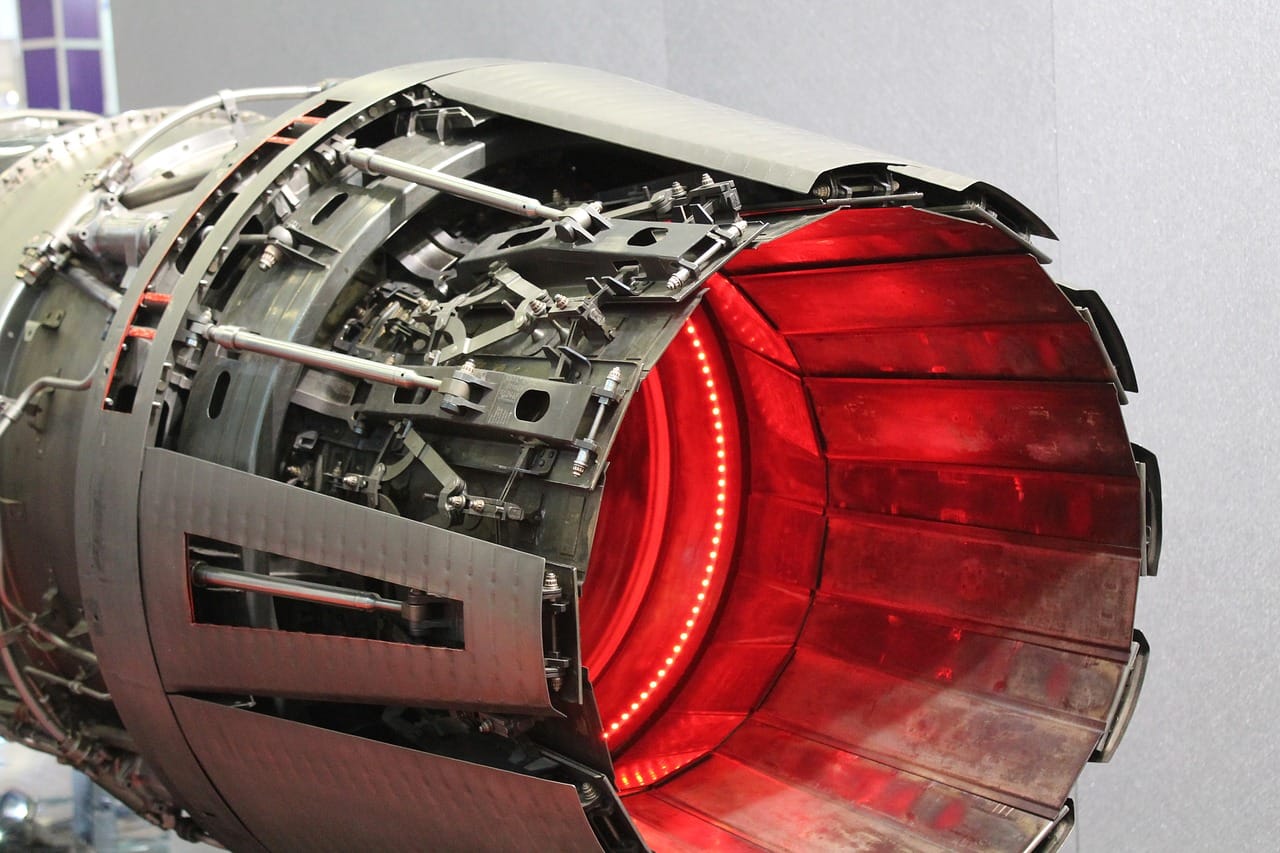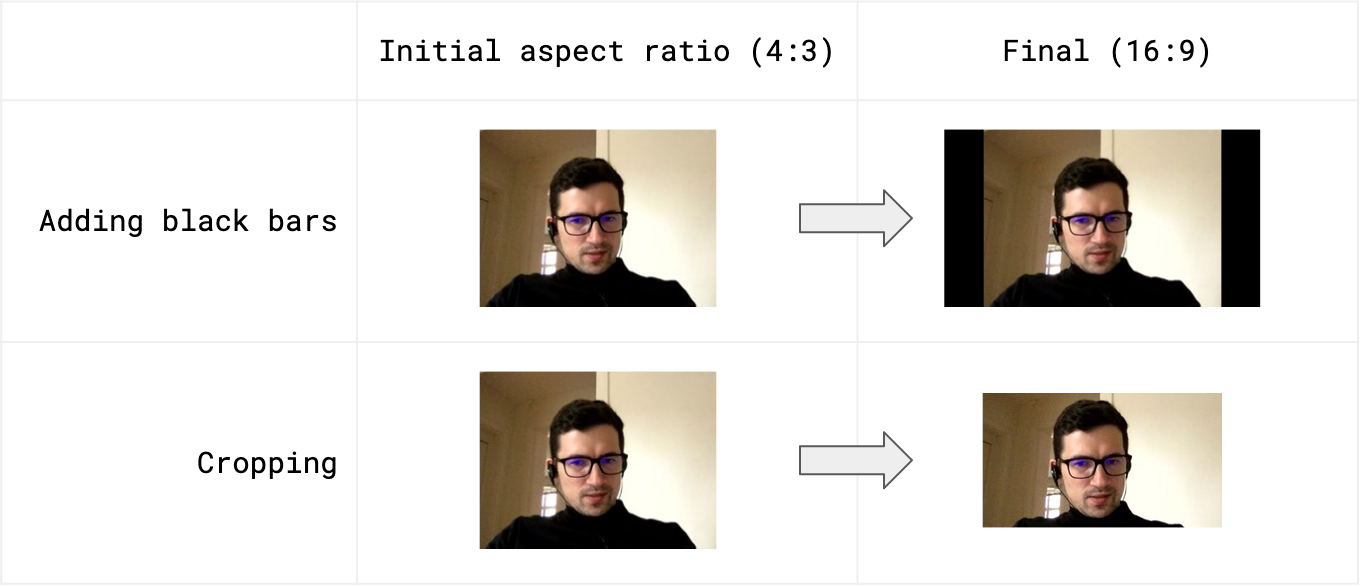
Introducing the Transcoding Engine
We've long considered the idea of allowing our users & clients to change certain aspects of the transcoding process like the resolution and aspect ratio.
The feature was also demanded by some of our clients. Because our clients had no control yet we went as far as custom coding specific transcoding pipelines to handle some immediate needs. But we've always wanted to give that control to the client, directly in the Pipe account area.
Today, after months of hard work and many iterations we're finally ready to release a group of features that do just that. We're calling this group the Transcoding Engine.
The Transcoding Engine
The Transcoding Engine gives you control over the output of the Pipe platfom. You can control the resolution of the transcoded .mp4 file, the snapshot size, you can keep copies of the original recording and get filmstrips to quickly scan video content.

Resolution and aspect ratio
These 2 controls will make some of our clients' lives a lot easier
- you can reduce large videos down to a maximum resolution so that they play back without buffering on your user's Internet connections
- you can force a certain resolution so that your videos are easily ingested by your AI software down the line
- you can force a certain aspect ratio so that your videos fit well with your pre-purchased on-premise monitors
- you can force square videos because your videos end up on social media where square videos are a thing
Landscape (16:9, 4:3), portrait (9:16, 3:4) and square (1:1) aspect ratios can be forced for your video recordings by both adding black bars and cropping sides. Here's how each method works:

These 2 controls will be available to trial and PRO accounts. Videos that go through a transformation will be priced at the rate corresponding to their original resolution.
Original Recording
If you need the original unchanged file that was recorded or uploaded to our platform, you can now get it. When activated, we'll push the original recording to storage (ours or yours). You'll recognize the files after their _raw suffix.
Keeping the original files around has several use cases:
- you can use a scaled down version of videos for distribution/playback and use the original high quality recording for video editing
- same with audio recordings: use the .mp4 for quick listening but keep the .wav for audio editing
- recordings uploaded/recorded from a mobile device have more metadata like location information
- in some use cases (forensics, law enforcement, judicial, etc.) original files are needed for long term storage
This option will be available to trial and PRO accounts and will be priced separately at the same rates. Original recordings are stored by us on our S3 buckets with the one zone infrequent access storage class. You can turn on Do Not Store if you do not want us to store these files.
You can choose if you want just the MP4 file, the original recording or both.
Snapshots in different sizes
We've had video snapshots since day 1 of Pipe but now you can have them in one of 4 sizes: same resolution as video, 720p, 480p and 320p. If you use 50 snapshots on a page to show a big list of videos there's no point in having huge snapshots which take time to download.
This option is available to all accounts.
Filmstrips
Filmstrips allow you to visually scan the contents of a recording in a matter of seconds. We generate them as jpeg files and they contain 25 evenly spaced frames in a 5x5 grid. You'll recognize them after the _filmstrip suffix.

Filmstrips are available to PRO and trial accounts.
Other Improvements
Unchanged framerate
Until now, because of how Firefox is encoding the video data, we've had to resort to forcing all videos to 30fps to avoid choppy .mp4 videos. We've found a better workaround which ensures transcoded .mp4 videos will have the same framerate (low or high) as the original video. This means low fps videos will not see a size increase because of higher fps and high fps videos will keep their smoothness. This applies to all videos.
Smaller mp4 files
As a result of optimizations we've made to the transcoding process we're now producing smaller .mp4 files from:
- videos that have a watermark applied by Pipe to one of the corners
- videos that go through an aspect ratio or resolution transformation
- videos recorded with Firefox with VP8 video data
- uploaded videos without H.264 video data
Cut to length update & fix
The cut to length option which cuts videos longer than the maximum recording time setting to length has moved from the environment settings to the new Transcoding Engine section.
Recordings can be longer than the maximum length because they were either uploaded through the upload recording feature or they were recorded on the spot with the native recorders on mobile devices where there is no control over the maximum recording time.
We also fixed an issue where a video would not be cut to length if the 1st transcoding attempt failed.
